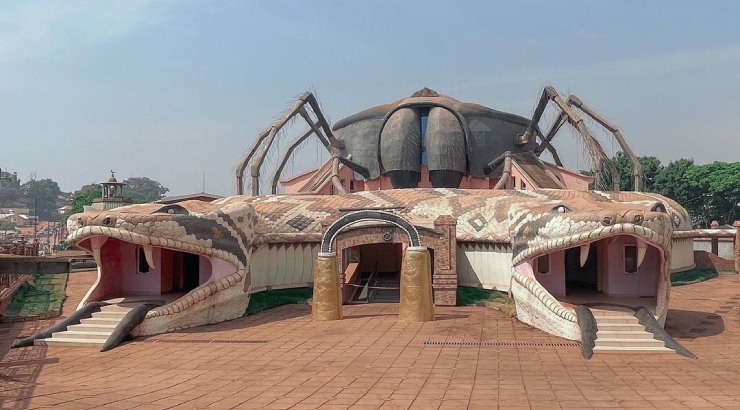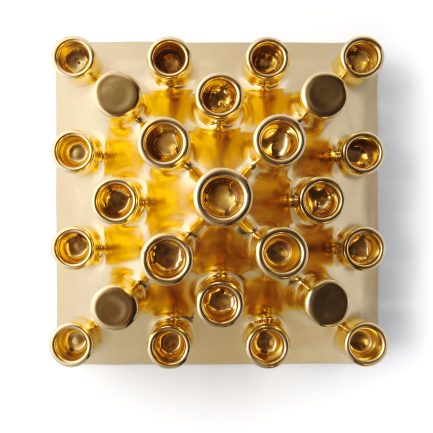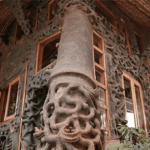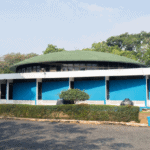

National Museum of Eritrea
The National Museum of Eritrea: A Beacon of Cultural Heritage
Located in the heart of Asmara, the capital of Eritrea, the National Museum of Eritrea stands as a sentinel of the nation's rich and complex heritage. Established in 1992 by Woldeab Woldemariam, this national institution is a testimony to the country's history, both at home and on the global stage.
The museum originally found its home in the former Governor's Palace, a symbol of colonial heritage, but in 1997, it was relocated to the former Comboni Sisters School for Women. This transition mirrored the country's own journey from a colonial outpost to an independent nation, marking a new chapter in Eritrea's historical narrative.
The mission of the National Museum of Eritrea extends far beyond its walls. It serves as an active participant in the exploration and preservation of the country's historical sites. In 1996, Eritrea's central government nominated six sites - Adulis, Dahlak Kebir, Matara, Nakfa and Qohaito - to be considered as UNESCO World Heritage Sites, further accentuating the museum's commitment to safeguarding Eritrea's cultural legacy.
The story of Eritrea is marked by periods of foreign rule, from the era of Italian colonial Empire to the time under Ethiopian control. The country's fight for independence, culminating in its liberation in 1993, forms an integral part of its identity. This narrative is meticulously chronicled in the museum, with many artefacts originally housed in the Ethiopian National Museum now finding their place in the National Museum of Eritrea.
Funded by UNESCO, the museum showcases a vast array of artefacts, each representing a chapter in the country's chronicle. From relics of ancient local sites to contemporary artefacts, the museum offers a panoramic view of Eritrea's history. Notably, the museum houses an extensive collection dedicated to the nation's freedom fighters, with paintings vividly depicting their struggle for independence.
Despite the challenges posed by border conflicts and political instability, the National Museum of Eritrea remains a beacon of cultural heritage. Its commitment to preserving, showcasing, and exploring the country's history is unwavering. The museum is not just a repository of artefacts, but an active participant in the creation and continuation of Eritrea's narrative, holding a mirror to the past while shaping the future.

Location
Contact Information
Contact Listings Owner Form
National Museum of Eritrea 0 reviews
Write Your ReviewThere are no reviews yet.

















 No products in the basket.
No products in the basket.